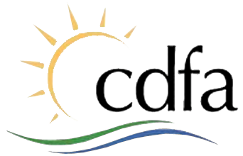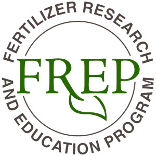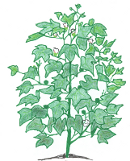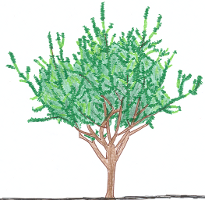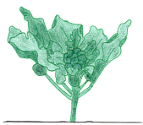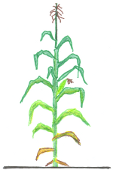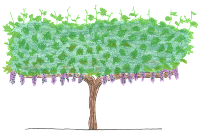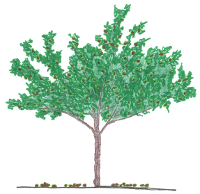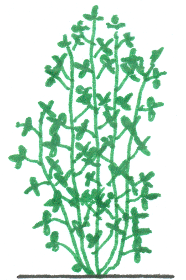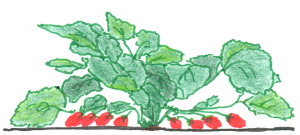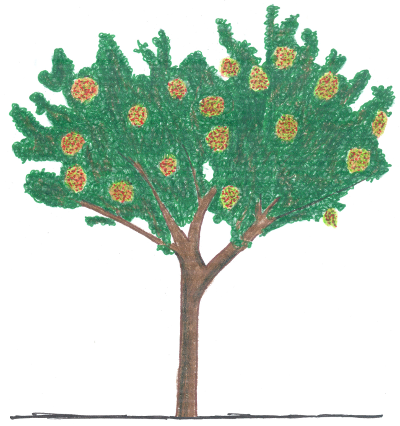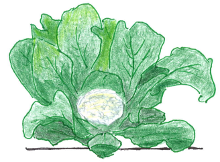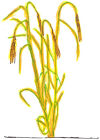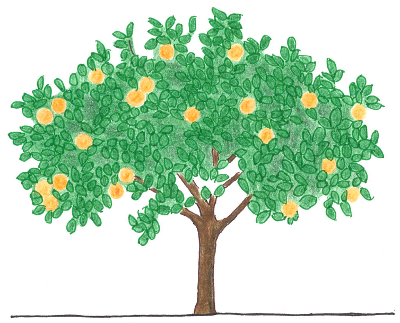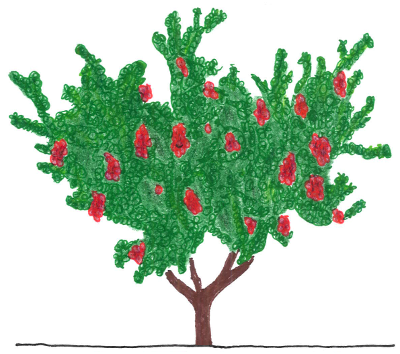Fertilization Guidelines for Major Crops Grown in California
These guidelines are based on research results from studies
carried out in California and elsewhere. For an optimal
fertilization program, site-specific information needs to be take in into
account. A discussion about site-specific adjustments can be found here.
After choosing a crop from the list below, detailed
information can be accessed by moving the mouse over any shape
with the symbol  .
.
Background
The California Department of Food and Agriculture (CDFA)
Fertilizer Research and Education Program (FREP) and the
University of California Davis (UCD) Department of Land, Air
and Water Resources (LAWR) are working collaboratively to
develop fertilization guidelines for major crops grown in
California. The guidelines are uploaded on a flow basis and be
available to growers and crop advisors through this web-based
platform.
The CDFA FREP and UCD LAWR are addressing the increasing
grower and crop advisor demand for accurate, timely, efficient
and effective crop nutrient information across the state, but
specifically in the San Joaquin Valley, Tulare Lake Basin and
in the Central Coast region, Salinas Valley. These two regions
collectively represent a high degree of nitrogen sensitivity
relative to drinking water quality and supplies. The
guidelines, which are a synthesis of peer reviewed journal
articles and research reports, serve two co-equal goals.
First, to facilitate awareness of what nutrients are needed
for crops and their demand throughout the crop life cycle and
secondly to reduce the impact of nutrients to both the air and
water resources.
Peaches / Nectarines
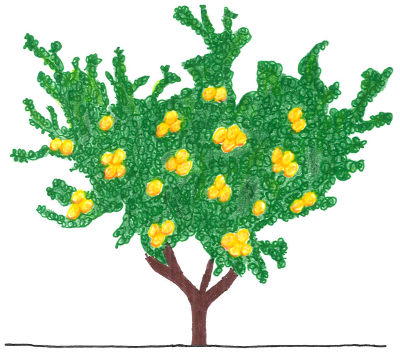
Coming soon!
 .
. 